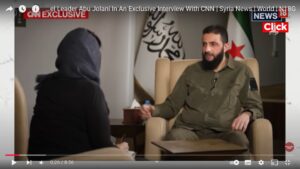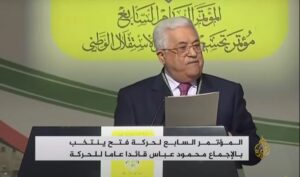The IDF has initiated preparations for occupying Rafah, and Hamas is also gearing up for this possibility.
Hamas sources report that the organization’s military wing has deployed approximately 2,000 armed terrorists and various weapons to the Rafah area through tunnels.
Yahya Sinwar and Muhammad Def attach great importance to the anticipated campaign in the last major Hamas outpost in Rafah.
They are deeply concerned that Israel might seize the “Philadelphia Corridor,” thereby cutting off Hamas’ supply route for weapons from Egypt.
Hamas terrorists are currently preparing ambushes, booby-trapped houses, and tunnels with explosive charges in anticipation of an IDF operation in Rafah.
A senior Hamas official informed “Al Arabi Al Jadid” newspaper on March 28 that the IDF’s operation in Rafah “will not be a simple walk, as Israeli leaders believe. Resistance fighters from all factions are prepared to inflict significant losses on the occupation army.”
Senior Hamas officials commented on the recent visit of Hamas leader Ismail Haniyeh and Islamic Jihad Secretary-General Ziad Al-Nakhallah to Iran. Haniyeh met with Iran’s Supreme Leader Ali Khamenei, President Ibrahim Raisi, and senior officers of the Revolutionary Guards, stating that the visit aimed to seek Iran’s assistance in preventing the collapse of Hamas rule in Gaza following the expected IDF operation in Rafah.
According to Hamas officials, coordination between Hamas and Iran’s leadership reached its peak during the visit.
Haniyeh reportedly received explicit assurances from Iran that it would utilize its Middle Eastern branches to prevent Hamas’ collapse in Gaza.
“We will not allow the Zionist entity to dismantle resistance in Gaza at any cost,” Khamenei assured Haniyeh.
However, Hamas remains wary of Iran’s promises.
Last month, Khamenei dispatched General Ismail Qa’ani, commander of the Quds Force, to Beirut with a clear message to Hassan Nasrallah not to escalate the campaign against Israel in a manner that could lead to a regional war, which would jeopardize Iran’s interests.
Iran, currently uninterested in such escalation, is still displeased with Yahya Sinwar for withholding the exact date of the October 7 attack on Israeli settlements surrounding Gaza.
Hamas was disappointed when Iran refrained from attacking Israel despite promises over five months.
Iran’s invitation to Ismail Haniyeh to visit Tehran suggests its efforts to mend relations with Hamas leadership and its fear of losing this crucial outpost in Gaza.
Iran emphasized to the Hamas delegation that the resistance axis, led by Iran, has posed a direct threat to Israel for many years.
Consequently, there is no possibility of Iran abandoning Hamas and allowing Israel to overthrow its rule in Gaza.
Hamas sources assert that even if Israel were to succeed in toppling the movement’s rule in Gaza, the conflict would persist as a guerrilla war.
Hamas would eventually regain strength and expel IDF forces or any other regime restored in Gaza, as it did with the PA in 2007.
According to Hamas, Iran’s support is the primary reason Israel struggles to eliminate Hamas.
While Ismail Haniyeh and Ziad Al-Nakhallah’s high-profile visit to Tehran intends to convey Iran’s support for Hamas and Islamic Jihad, it remains unclear how far Iran is willing to go to prevent Hamas’ collapse in Gaza.
Nonetheless, Israel must anticipate that Iran will escalate attacks across various arenas once the IDF initiates operations in Rafah to assist Hamas.
The IDF must prepare accordingly for this scenario.




